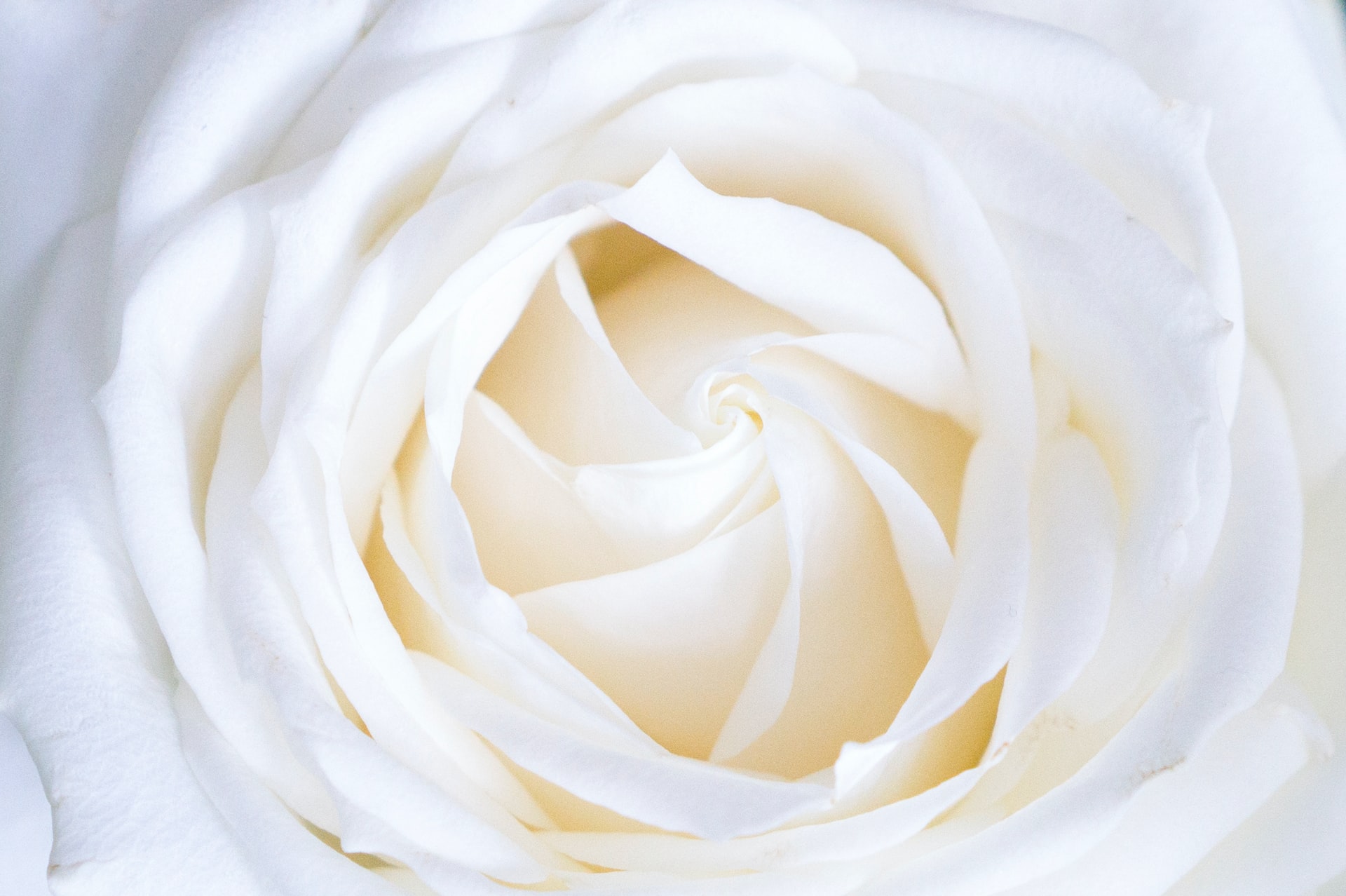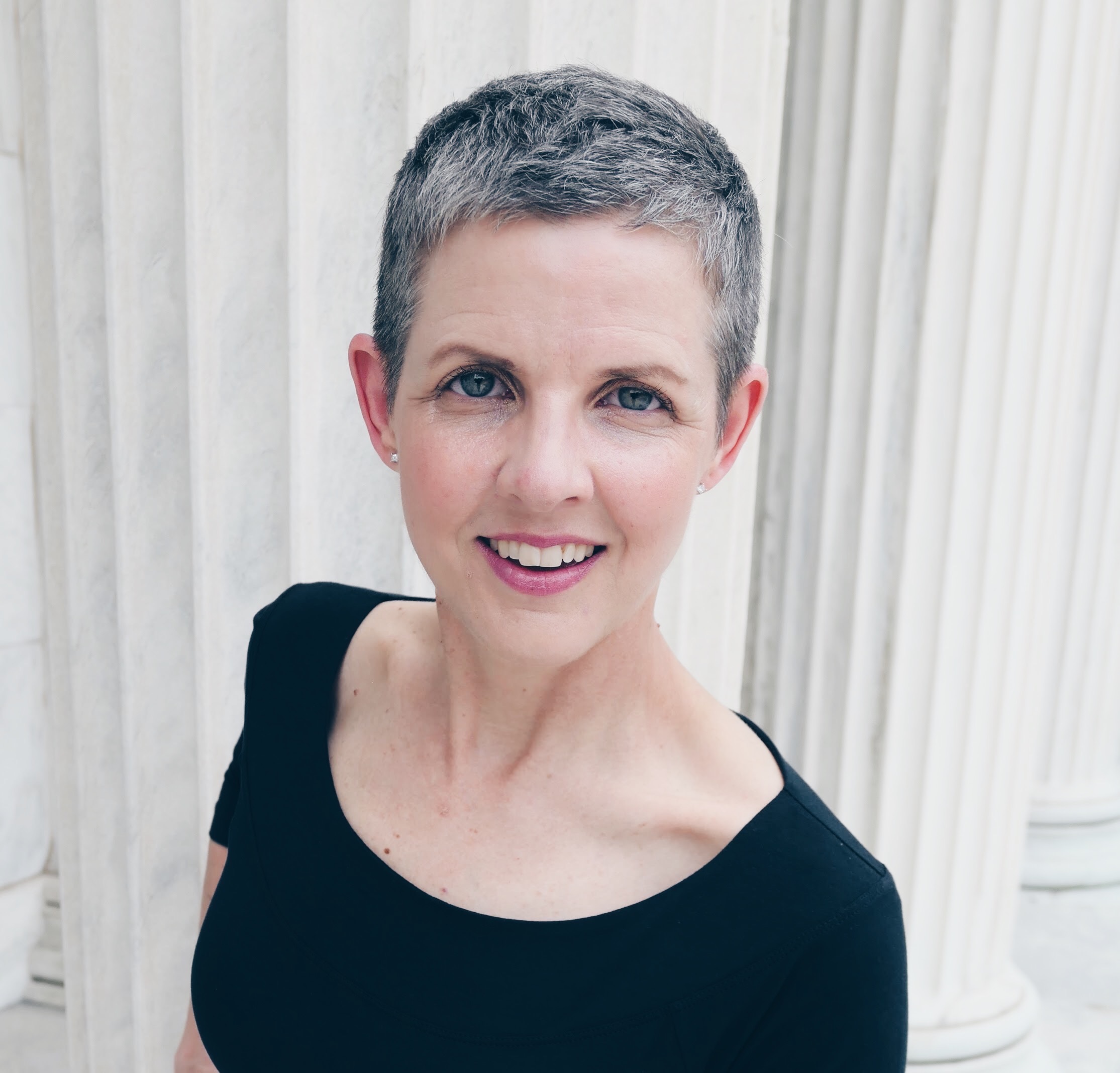Organizing things is something we all have a notion of, but what is organizing the self?
Organizing the self is the complement to organizing our external world. It is the internal work of loosening the grip of our habits and perhaps replacing them with something different. Organizing the self begins with awareness and ends in conscious choice.
Our habits developed over time. Beginning in infancy, we learn to behave in ways that protect the life-sustaining bond we have with our caregivers. We do more of what’s “good” and less “bad.” We become more regulated. And we are told stories that we come to hold as true. After a lifetime of practice, we spend much of our time acting out our habits on autopilot.
Some of our habits serve us well. After all, looking both ways before crossing the street makes sense and keeps us alive. However, other habits narrow our field of view and restrict our ability to be responsive in new and creative ways.
So, how do we replace our habits that no longer serve us well?
When we bring awareness to a habit and realize that we have choices, we expand the field of possibility of how to respond. And the more aware we become, the more possibility we have to author the story we want.

Here is how to engage in organizing the self.
Identify a habit.
We first need to direct our attention to our habits. Noticing our habitual reactions without judgement or analysis allows us to see them more objectively. It also helps us realize that we are not our habits. With curiosity and non-judgment, identify a habit of your personality – something that you do fairly consistently. Consider when this habit began and where you may have learned it.
Here’s a habit my son pointed out to me this morning: I tend to eat breakfast standing up (read: mindlessly!).
Identify your motivation.
A habit is usually associated with a particular interpretation or a story. The stories we tell ourselves serve to justify our behavior in interest of protecting how we believe ourselves to be. Knowing our stories is the beginning of determining whether they are true to us today. Consider what might happen if someone points out the habit you identified. How might you begin to justify or explain the habit? How does that story serve you? How might it protect the idea of who you believe you are?
My story: I am capable. I can eat, prepare the kids for school, and tidy up. A professional organizer stays on top of things.
Reorganize the self.
Reorganization is a shift from a default behavior to something new. In Doug Silsbee’s words in Presence-Based Coaching, “We might find ourselves taking a deep breath, feeling energized, rehearsing in our minds what we’re gong to say, changing the shape of our body, drawing ourselves taller in readiness.” This is reorganization – organizing ourselves toward a new action or behavior. Take a moment for reorganization. Get up, stretch, and take three deep breaths, noticing the abdomen rise and fall. Remain conscious that you are reorganizing your attention.
Eating while distracted is eating while distracted. There’s no story here.
Choose consciously.
When we observe ourselves reacting to life’s situations, identify what might motivate our reaction, we realize that, despite the unconscious nature of habits, we are making a choice. Inherent in this logic is that we can make different one. Consider alternatives to the habitual choice you make. Ask yourself: Is this habit serving me well today? Of these options, what would serve me (and others) best?
I am going to sit and eat with my family.
Habits are much like water effortlessly flowing through a groove in a rock. To reorganize the self, then, is to become aware of our habits – to bring them into consciousness – and to possibly create a different path. Either way, we move forward consciously in a way that serves us well today.


0 Comments